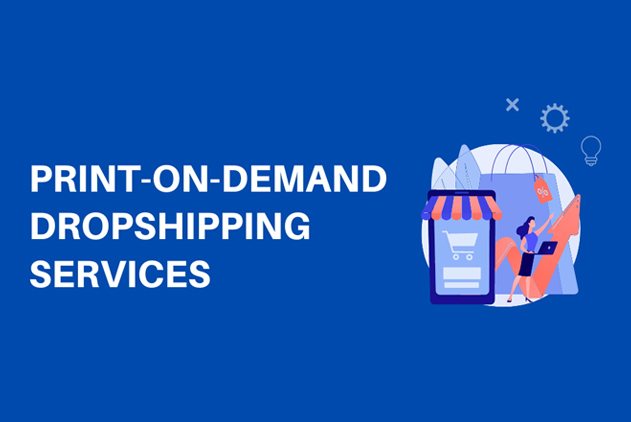Starting a drop ship print-on-demand (POD) store can be an exciting business venture. It offers low upfront costs, flexibility, and the ability to customize products with your own designs. However, one of the most important decisions you’ll make is choosing the right products to offer. Your product selection will not only shape your brand identity but also determine your success in a competitive market. Here’s a guide to help you choose the right products for your drop ship POD store.
1. Understand Your Target Audience
Before selecting products, it’s crucial to have a deep understanding of your target audience. What are their interests, age range, lifestyle, and purchasing habits? The more specific you can be, the better. If you’re selling to a niche market—such as fitness enthusiasts, pet owners, or gamers—your product selection should cater directly to their tastes. A fitness-focused POD store might feature apparel with motivational slogans, while a pet-themed store could offer personalized pet accessories or clothing.
Understanding your audience allows you to offer products that they’ll actually want to buy, reducing the risk of stocking items that don’t sell well. Look at current trends within your niche and keep your products relevant to what’s popular among your target demographic.
2. Focus on High-Quality and Practical Products
The print-on-demand model means that your customers won’t physically experience the product before they purchase it, so quality is crucial. Even the best designs won’t compensate for poor-quality products. When evaluating items to sell, order samples from your POD supplier to test their quality, durability, and printing accuracy. Make sure that colors, print clarity, and fabric or material feel match your expectations.
Additionally, focus on practical products that your customers can use regularly. While trendy or novelty items might grab attention, functional products such as t-shirts, hoodies, phone cases, mugs, and tote bags tend to perform consistently well. These are items people use in their daily lives, making them more likely to sell. Always think about how your product fits into your customers’ routines and why they would choose to buy it.
3. Diversify Your Product Offering
Offering a range of products can help attract a broader customer base. While you don’t want to overwhelm visitors with too many choices, having a few different categories can increase your chances of appealing to different types of shoppers. For example, if your primary focus is on apparel, consider also offering complementary items like home decor, stationery, or accessories. This allows customers to see your brand as a one-stop shop for their needs.
However, ensure that all of your products maintain a cohesive brand identity. A strong brand makes it easier for customers to understand your store’s personality and offerings, making them more likely to return. Having too many unrelated products can confuse customers and dilute your brand image.
4. Consider Profit Margins
Choosing the right products isn’t just about what’s trendy or looks good—it’s also about profitability. Different products have different base costs and profit margins, depending on their complexity and customization options. For example, custom-designed t-shirts and mugs typically have lower base costs and higher profit margins, while more complex products like jackets or shoes may be more expensive to produce and require higher pricing.
To ensure profitability, calculate your costs carefully, including the cost of production, shipping, and any platform fees. Then, set prices that allow for a reasonable profit margin while still being competitive. Offering discounts or free shipping may attract more customers, but these perks need to be factored into your pricing strategy to avoid cutting into your profits.
5. Test and Refine Your Product Line
One of the great advantages of POD is that you don’t need to hold inventory, making it easy to test different products without a significant upfront investment. Start with a few core products, and use data to analyze what sells best. Pay attention to customer feedback, reviews, and sales trends, and refine your product offerings based on what works. Don’t be afraid to phase out products that aren’t performing well and replace them with new ones that better fit your customers’ preferences.
Conclusion
Choosing the right products for your drop ship print-on-demand store is critical to building a successful brand. By understanding your target audience, focusing on high-quality and practical items, diversifying your product range, considering profit margins, and continuously testing and refining your offerings, you can create a store that attracts and retains loyal customers. With careful planning and a focus on delivering value, your POD store can thrive in the competitive e-commerce landscape.
